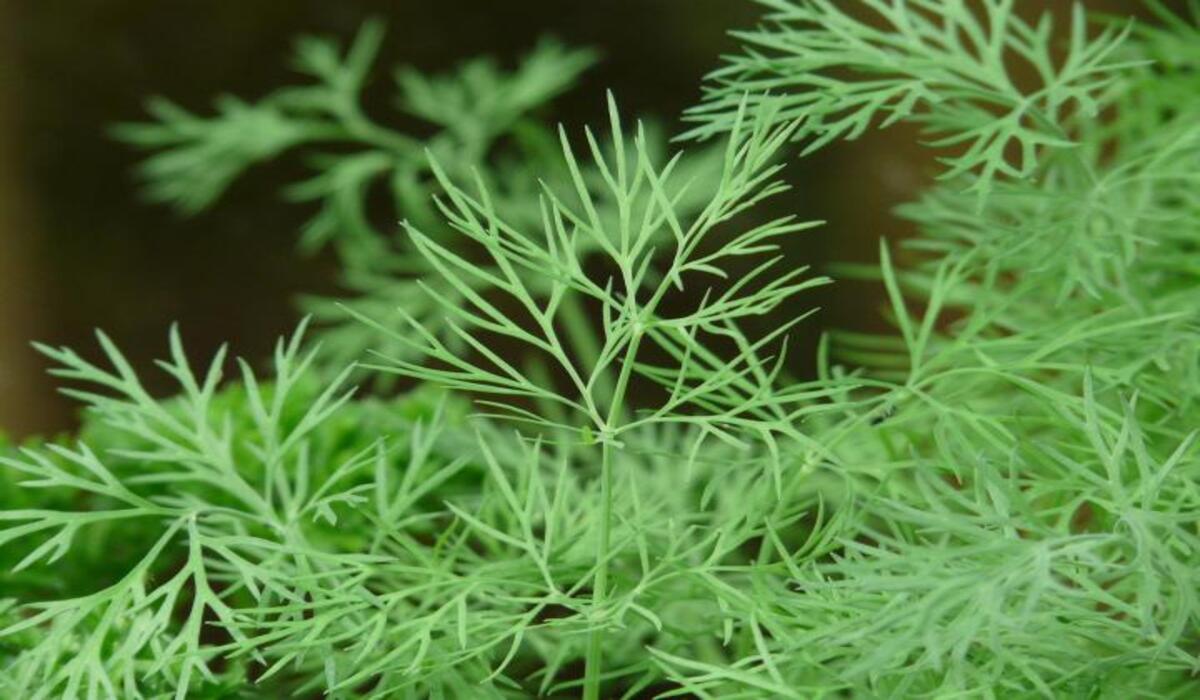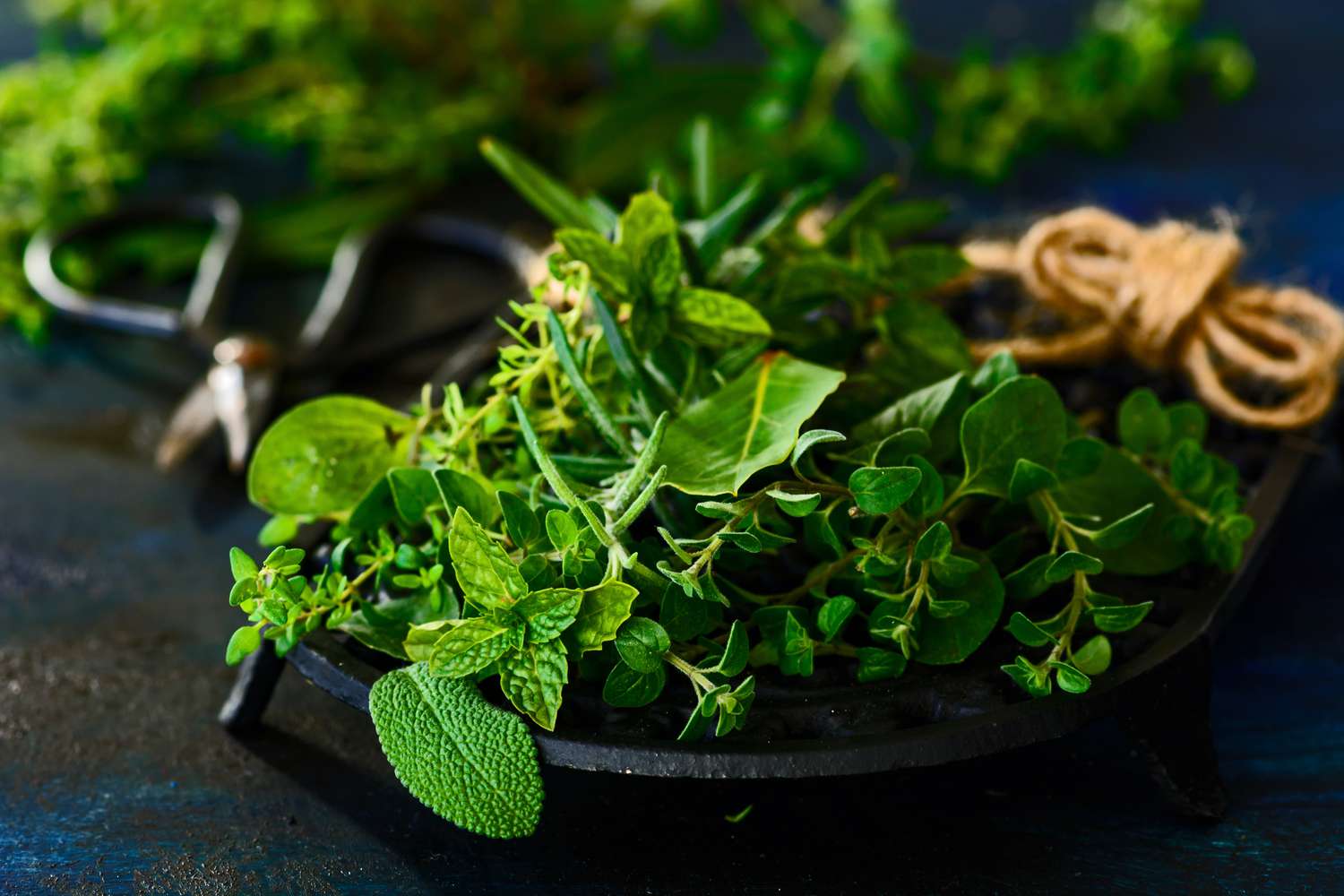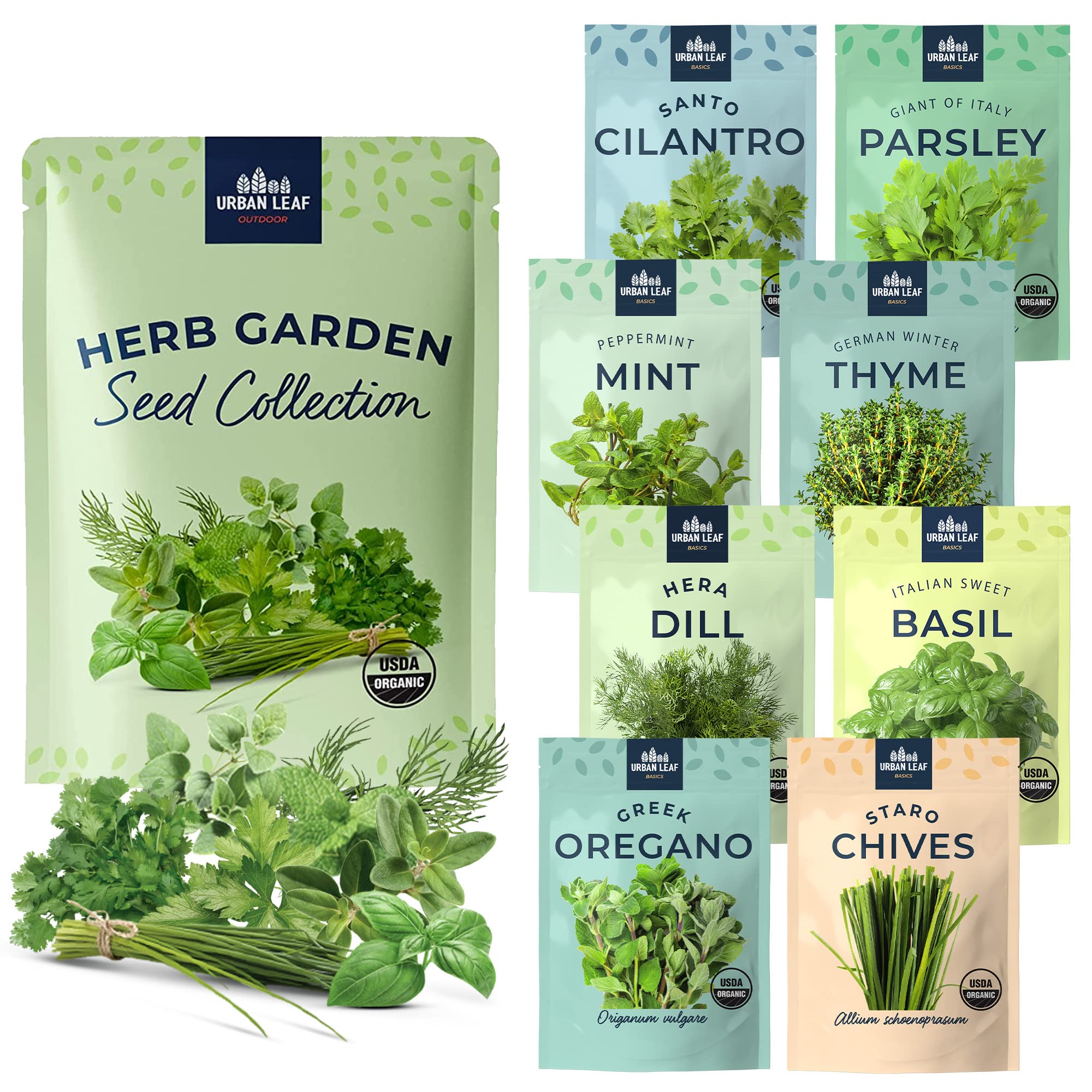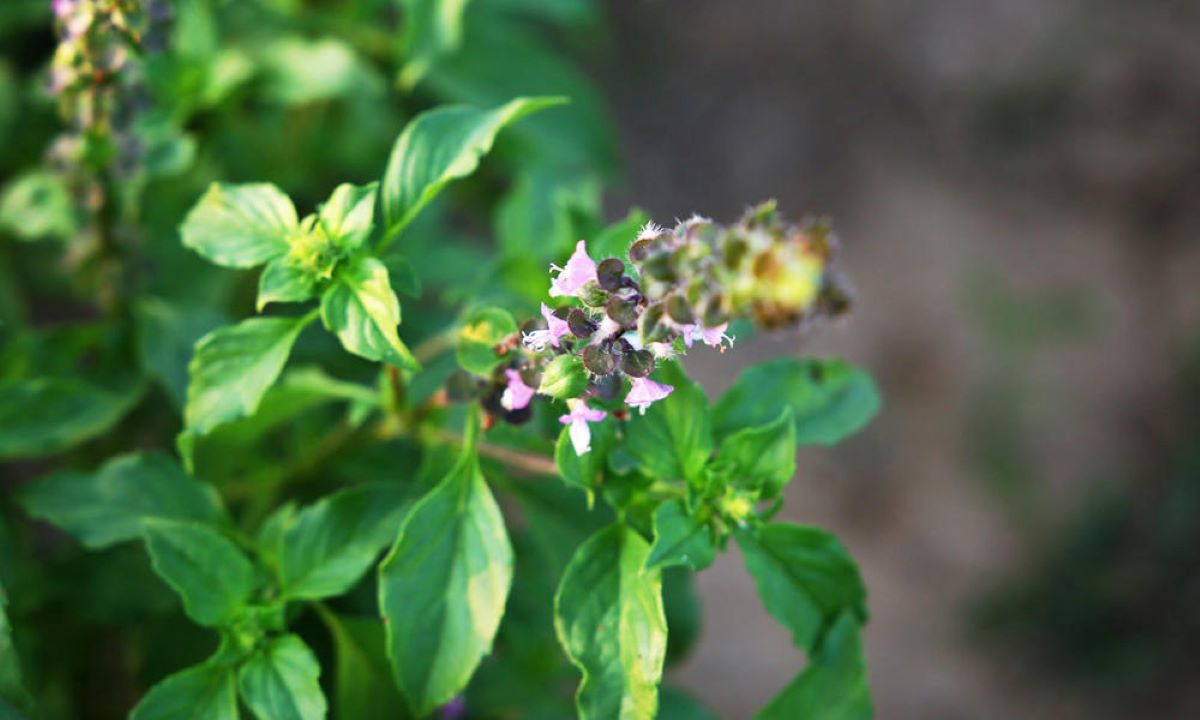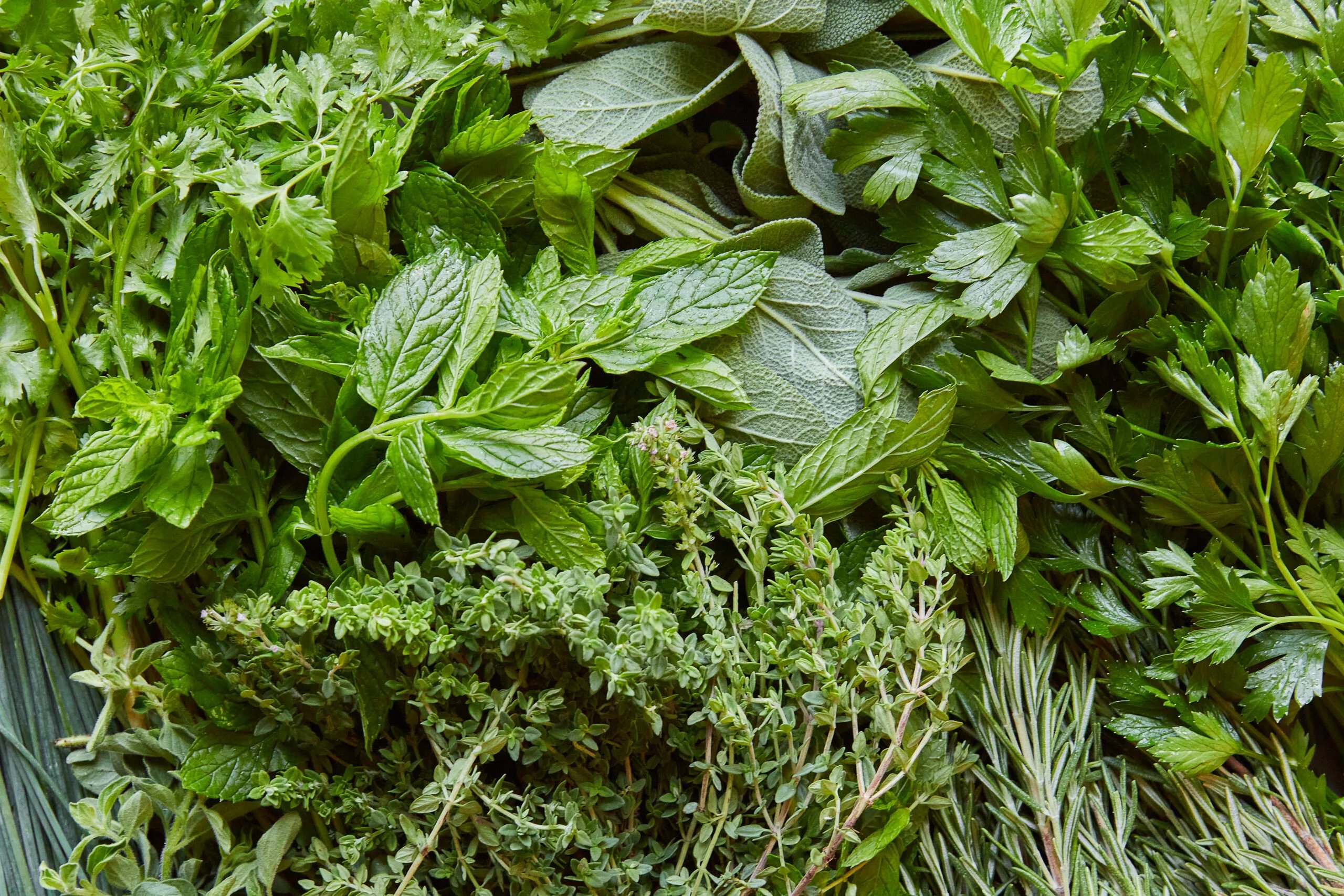Home>Gardening News and Trends>Gardening Trends>What Herbs Not To Plant Together
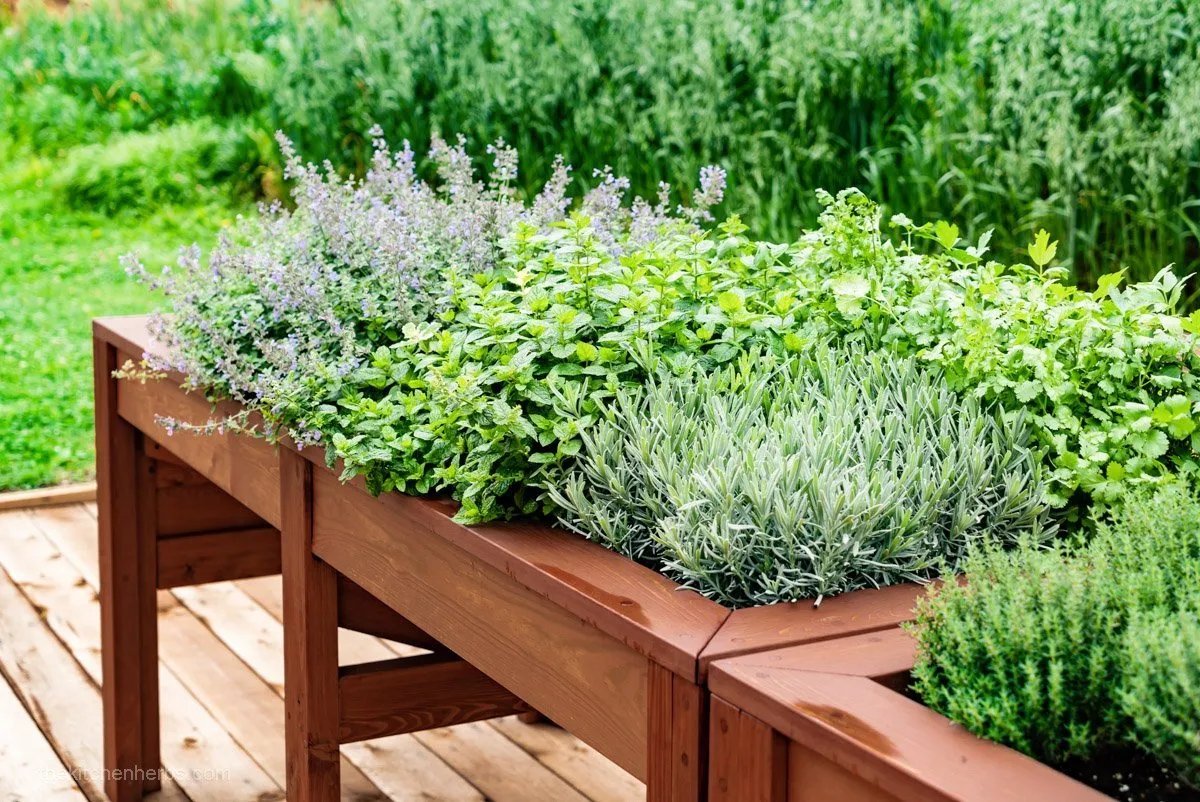

Gardening Trends
What Herbs Not To Plant Together
Published: October 2, 2023
Discover the latest gardening trends and learn which herbs you should avoid planting together to ensure optimal growth and harvest.
(Many of the links in this article redirect to a specific reviewed product. Your purchase of these products through affiliate links helps to generate commission for Chicagolandgardening.com, at no extra cost. Learn more)
Table of Contents
Introduction
Gardening is a rewarding and fulfilling hobby that allows us to connect with nature and enjoy the beauty of plants. One popular aspect of gardening is growing herbs, which not only add flavor to our culinary creations but also offer numerous health benefits. However, not all herbs are compatible with each other when it comes to planting them together. Understanding which herbs should not be planted together is essential for ensuring their optimal growth and avoiding potential problems.
When planning your herb garden, it’s important to consider a few key factors. Some herbs have specific soil and sunlight requirements, while others may have different growth habits or release substances that can affect neighboring plants. Additionally, certain herbs may attract pests, which can spread to other herbs if they are grown in close proximity.
In this article, we will explore some popular herbs and discuss which ones should not be planted together to promote healthy growth and prevent any issues that may arise. By understanding these guidelines, you can create a harmonious herb garden that allows each plant to thrive individually while benefiting from their collective presence.
Basil and Parsley
Basil and parsley are two commonly grown herbs in many gardens due to their delicious flavors and versatility in culinary applications. Despite their popularity, these herbs are not the best companions when it comes to planting them together.
The main reason for this is that basil and parsley have different growth habits and requirements. Basil is known for its bushy growth and strong aroma, while parsley has a more delicate appearance with a milder flavor. When planted too close together, basil tends to overshadow parsley, causing it to receive less sunlight and stunting its growth.
Another concern when planting basil and parsley together is the possibility of attracting pests. Basil is especially attractive to certain insects, such as aphids and whiteflies, which can quickly spread to other nearby plants. By keeping basil and parsley separate, you can reduce the risk of pest infestations and ensure healthier growth for both herbs.
If you still want to have basil and parsley in the same garden, consider spacing them apart and providing adequate room for each plant to grow. Alternatively, you can plant them in separate containers or raised beds to maintain their individual growth requirements and prevent any potential conflicts.
Mint and Cilantro
Mint and cilantro are both popular herbs with distinct flavors that add a refreshing touch to various dishes. While they may seem like a good combination, it is advisable to avoid planting them together in the same vicinity.
The primary reason for this is that mint is an invasive herb that tends to spread quickly and take over the surrounding area. It has vigorous growth and sends out runners that can quickly overtake other plants, including cilantro. Planting mint and cilantro together can result in the mint smothering and outcompeting the cilantro, leading to stunted growth and limited yield.
In addition to its invasive nature, mint also releases chemicals through its roots that inhibit the growth of nearby plants, which is known as allelopathy. This can further hinder the growth of cilantro or any other herb in close proximity to the mint.
If you still wish to have both mint and cilantro in your garden, it is best to plant them in separate containers or designated areas. This will help contain the mint’s spreading tendencies and prevent it from overpowering the cilantro. Alternatively, you can create a barrier around the mint with a deep root barrier or use pots buried partially in the ground to restrict its growth and protect the cilantro.
By keeping mint and cilantro separate, you can ensure that both herbs thrive without competing for resources or hindering each other’s growth. This allows you to enjoy the fresh flavors of both herbs and maintain a well-balanced and productive herb garden.
Thyme and Sage
Thyme and sage are aromatic herbs that are widely used in cooking and have a long history of being grown together in gardens. While they are both hardy and versatile plants, it’s important to be mindful of their compatibility when planning your herb garden.
One of the key considerations when planting thyme and sage together is their growth habits. Thyme is a low-growing herb that tends to spread and produce dense mats of foliage, while sage is a larger, bushier plant that grows upright. Planting them too close together can result in overcrowding, with the thyme getting overshadowed by the taller sage and potentially stunting its growth.
Another factor to consider is their different water requirements. Thyme prefers drier conditions, while sage prefers well-drained soil but can tolerate slightly more moisture. Planting them together without proper spacing and drainage can lead to waterlogged soil, which can negatively impact the growth and health of both herbs.
Despite these considerations, thyme and sage are still compatible herbs and can be grown together successfully with some precautions. It is best to provide enough space and avoid overcrowding by allowing at least 12-18 inches of distance between each plant. This promotes healthy airflow, prevents competition for resources, and allows each herb to thrive individually.
Additionally, ensure that the soil is well-drained and amend it with organic matter or sand if necessary to improve drainage. This will help prevent waterlogging and promote optimal growth for both thyme and sage.
By following these guidelines, you can create a harmonious planting arrangement for thyme and sage, allowing them to coexist and flourish in your garden while providing a bountiful supply of aromatic herbs for your culinary endeavors.
Rosemary and Oregano
Rosemary and oregano are two beloved herbs that are often used in Mediterranean cuisine for their distinctive flavors and aromatic qualities. While they can complement each other in dishes, it’s important to consider their compatibility when it comes to planting them together.
One of the key factors to keep in mind when growing rosemary and oregano together is their growth habits. Rosemary is a woody perennial shrub that can grow quite tall, reaching heights of up to four feet or more. On the other hand, oregano is a smaller herbaceous plant that typically grows to a height of around one to two feet. Mixing these two herbs in close proximity can result in the rosemary overshadowing the oregano and suppressing its growth due to its taller stature.
Another consideration is their different watering needs. Rosemary is a drought-tolerant herb that prefers well-draining soil and can suffer from root rot if overwatered. Oregano, while also tolerating dry conditions, appreciates a little more moisture and benefits from consistently moist but not waterlogged soil. It’s important to strike a balance and avoid overwatering the rosemary, as it can lead to compromised growth for both herbs.
Fortunately, there are ways to successfully grow rosemary and oregano together. Firstly, provide ample spacing between the plants, allowing at least 18-24 inches of distance to accommodate the rosemary’s larger size. This ensures that both herbs have enough room to spread their foliage and receive proper light and airflow.
Additionally, pay careful attention to the watering needs of each herb, ensuring that the soil is well-draining and allowing it to dry out between waterings for the rosemary. Consider grouping them together in a raised bed or container with well-draining soil to control the moisture levels and prevent overwatering.
By giving both rosemary and oregano the right conditions for growth, you can cultivate a thriving herb garden with these complementary herbs, allowing you to infuse your dishes with their delightful flavors and aromas.
Lavender and Chamomile
Lavender and chamomile are two popular herbs that are often associated with relaxation and aromatherapy. While they can be a beautiful and calming combination, it’s important to consider their compatibility when it comes to planting them together.
One of the key considerations when growing lavender and chamomile together is their differing soil and moisture preferences. Lavender thrives in well-drained soil with minimal moisture, as it is susceptible to root rot if the soil remains too wet. On the other hand, chamomile prefers consistently moist soil and can struggle in dry conditions. Planting them in the same area with incompatible soil conditions can lead to stunted growth or even the death of one or both of the herbs.
In addition to their different soil requirements, lavender and chamomile have contrasting growth habits. Lavender is a woody shrub that can grow quite tall, while chamomile is a delicate and low-growing herb. Planting them too close together can result in the lavender overshadowing the chamomile, blocking its access to sunlight and hindering its growth.
Despite these factors, it is possible to create a harmonious growing environment for both lavender and chamomile. If you choose to grow them together, it is best to provide ample spacing between the plants, allowing at least 24-36 inches of distance to accommodate the lavender’s larger size. This ensures that both herbs receive sufficient light and airflow for optimal growth.
Furthermore, consider improving the soil’s drainage by incorporating organic matter such as compost or sand. This helps create a well-draining environment suitable for the lavender while assisting in retaining moisture for the chamomile.
An alternative approach is to grow lavender and chamomile in separate containers or raised beds. This allows you to customize the growing conditions for each herb, ensuring that they both receive the ideal soil and moisture requirements for their individual growth.
By understanding and catering to the specific needs of lavender and chamomile, you can cultivate a thriving garden that showcases the beauty and therapeutic qualities of these delightful herbs.
Conclusion
When it comes to planning your herb garden, understanding which herbs should not be planted together is crucial for promoting healthy growth and avoiding potential issues. Each herb has its own unique requirements, growth habits, and even chemical interactions that can affect neighboring plants. By considering these factors, you can ensure that your herbs thrive individually and collectively.
Basil and parsley, for example, should be kept separate to prevent basil from overshadowing and stunting the growth of parsley. Mint and cilantro are also best planted separately, as mint is invasive and can quickly take over the surrounding area, suffocating the cilantro. Thyme and sage require proper spacing to avoid overcrowding and ensure optimal growth. Rosemary and oregano can be grown together with careful consideration of their size and watering needs. Lavender and chamomile, with their differing soil and moisture preferences, may benefit from separate planting areas.
Remember to provide adequate spacing, appropriate soil conditions, and sufficient sunlight and moisture for each herb. If necessary, consider using separate containers or designated areas to keep incompatible herbs apart while still enjoying their benefits in your garden.
By adhering to these guidelines and understanding the compatibility of different herbs, you can create a harmonious and flourishing herb garden. Whether you’re a seasoned gardener or just beginning your journey, careful planning and consideration of planting companions will help you grow a thriving herb garden that not only delights the senses but provides a bountiful supply of flavorful and aromatic herbs for your culinary adventures.
